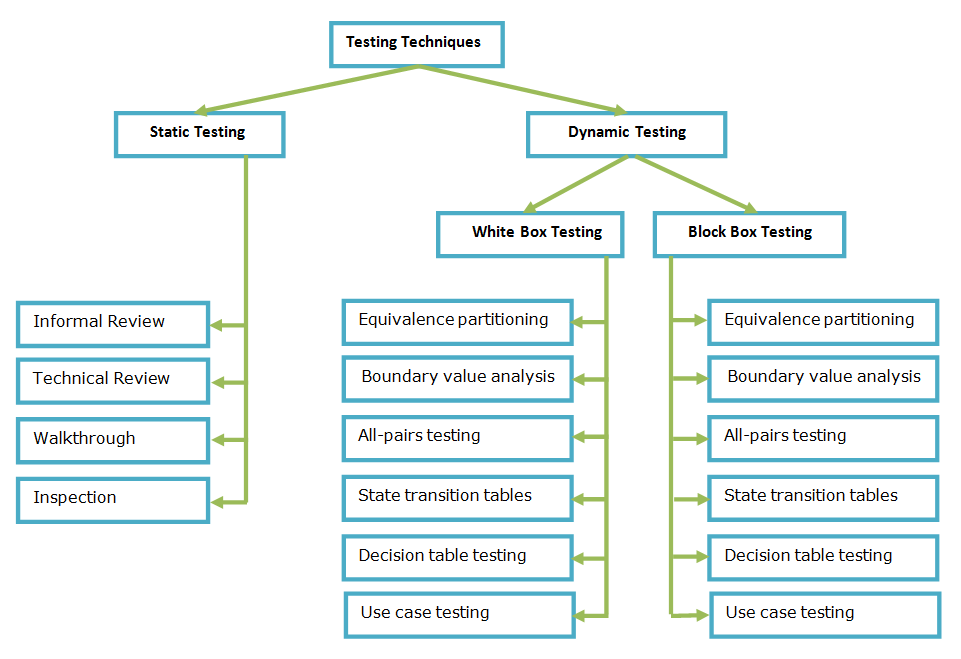
- #SOFTWARE ENGINEERING APPROACH TO SOFTWARE CATEGORIES HOW TO#
- #SOFTWARE ENGINEERING APPROACH TO SOFTWARE CATEGORIES MANUALS#
- #SOFTWARE ENGINEERING APPROACH TO SOFTWARE CATEGORIES VERIFICATION#
- #SOFTWARE ENGINEERING APPROACH TO SOFTWARE CATEGORIES SOFTWARE#
So, let’s have a look at the details of the main types. It’s worth emphasizing that this list isn’t exhaustive.
#SOFTWARE ENGINEERING APPROACH TO SOFTWARE CATEGORIES VERIFICATION#
It usually consists of the requirements document, architecture design, source code, validation docs, verification and testing info, and a maintenance or help guide. System documentation provides an overview of the system and helps engineers and stakeholders understand the underlying technology. The main difference between process and product documentation is that the first one record the process of development and the second one describes the product that is being developed. The common examples of process documentation are project plans, test schedules, reports, standards, meeting notes, or even business correspondence. Process documentation represents all documents produced during development and maintenance that describe… well, process. User documentation includes tutorials, user guides, troubleshooting manuals, installation, and reference manuals.
#SOFTWARE ENGINEERING APPROACH TO SOFTWARE CATEGORIES MANUALS#
User documentation covers manuals that are mainly prepared for end-users of the product and system administrators. It includes requirements documents, design decisions, architecture descriptions, program source code, and help guides. System documentation represents documents that describe the system itself and its parts. Product documentation can be broken down into:
#SOFTWARE ENGINEERING APPROACH TO SOFTWARE CATEGORIES HOW TO#
Product documentation describes the product that is being developed and provides instructions on how to perform various tasks with it.
#SOFTWARE ENGINEERING APPROACH TO SOFTWARE CATEGORIES SOFTWARE#
To achieve them, plenty of documentation types exist.Īdhering to the following classifications.Īll software documentation can be divided into two main categories: The main goal of effective documentation is to ensure that developers and stakeholders are headed in the same direction to accomplish the objectives of the project.


Today, agile is the most common practice in software development, so we’ll focus on documentation practices related to this method. As one of the Agile Manifesto values suggests, putting - “working software over comprehensive documentation -“, the idea is to produce documentation with information that is essential to move forward, when it makes the most sense. Managers don’t need to plan much in advance because things can change as the project evolves. The agile method doesn’t require comprehensive documentation at the beginning. The basic building blocks of agile development are iterations each one of them includes planning, analysis, design, development, and testing. The agile approach is based on teamwork, close collaboration with customers and stakeholders, flexibility, and ability to quickly respond to changes.


 0 kommentar(er)
0 kommentar(er)
